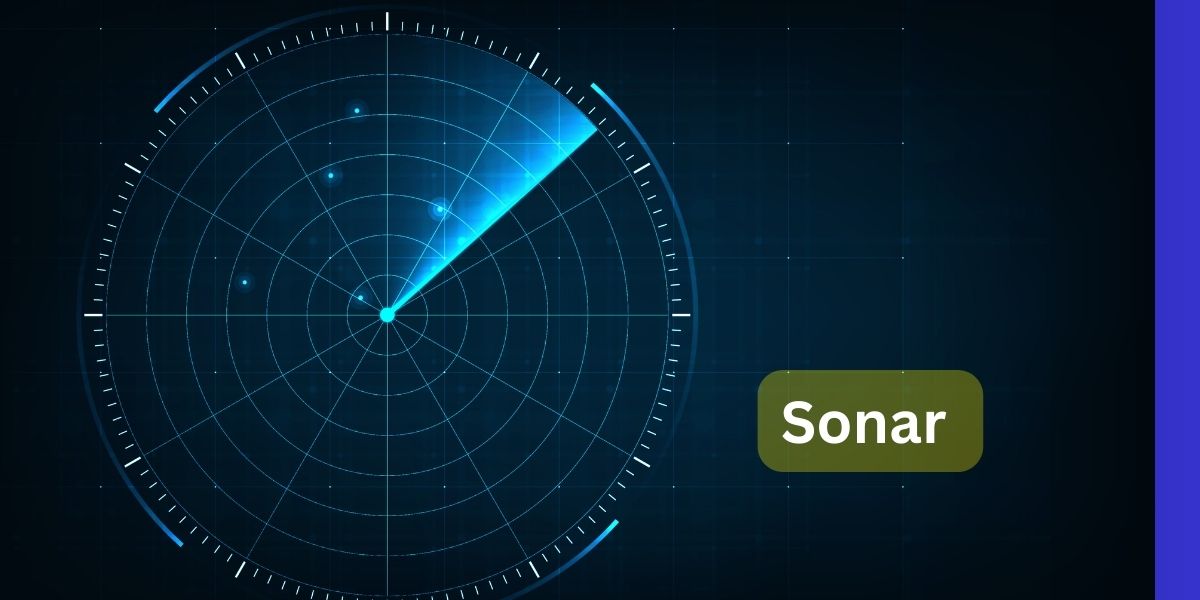Sonar stands for “Sound Navigation and Ranging.” It is a technique used to detect and locate objects underwater by emitting sound waves and analyzing their echoes.
Here’s how sonar works:
- Sound Waves: Sonar systems emit pulses of sound waves, typically at frequencies above the range of human hearing. These sound waves travel through water and propagate in all directions.
- Reflection: When the sound waves encounter an object underwater, such as a submarine, shipwreck, or marine animal, they are reflected back towards the sonar transmitter/receiver.
- Echoes: The sonar system receives the reflected sound waves, known as echoes. The time it takes for the sound waves to travel from the transmitter to the object and back to the receiver is measured.
- Distance Calculation: By measuring the time delay between the transmission of the sound pulse and the reception of the echo, sonar systems can calculate the distance between the sonar device and the object.
- Image Formation: Sonar data is processed and interpreted to create visual representations of the underwater environment, including the location, size, and shape of objects. This information helps in mapping the seafloor, navigating vessels, detecting underwater hazards, and conducting underwater surveys.
Sonar is used in various applications, including:
- Military: Naval vessels use sonar for detecting submarines and underwater threats. Submarines also use sonar for navigation and communication.
- Commercial Shipping: Sonar helps ships navigate safely through underwater obstacles and shallow waters.
- Fisheries: Fishermen use sonar to locate schools of fish and determine fishing grounds.
- Oceanography: Scientists use sonar to study the ocean floor, map underwater terrain, and explore marine ecosystems.
- Search and Rescue: Sonar is used in search and rescue operations to locate missing vessels, aircraft, or individuals lost at sea.
Overall, sonar technology plays a crucial role in underwater exploration, surveillance, and research, enabling us to better understand and navigate the vast and complex ocean environment.


No responses yet